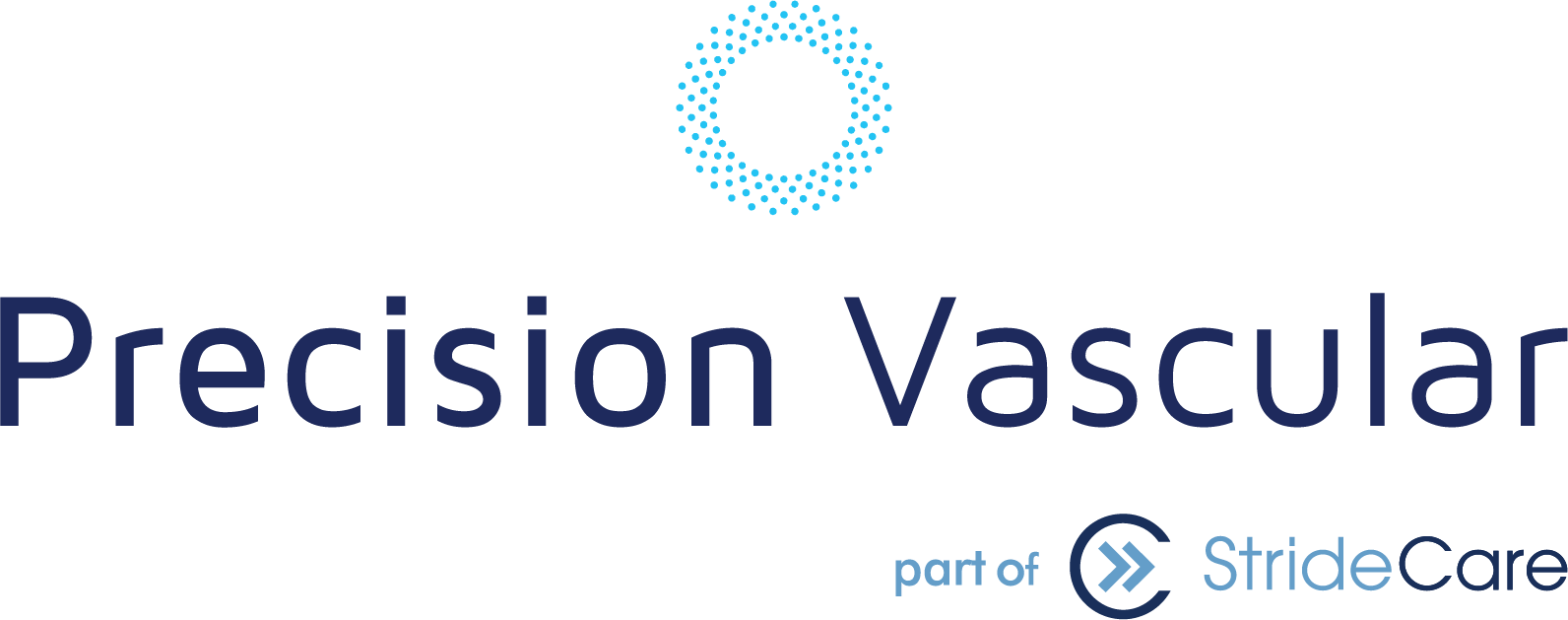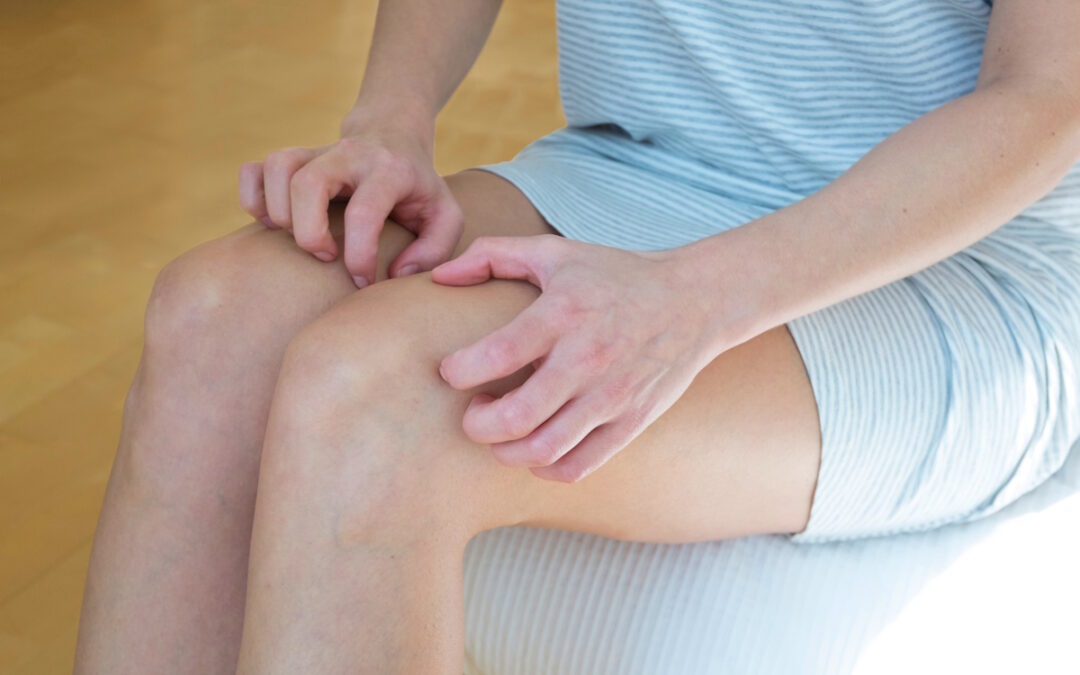You may have been told that spider veins aren’t worth worrying about. These red, blue, or purple web-like lines on the superficial layer of your skin are, for many people, more of a cosmetic annoyance than anything else. But if that’s the case, why are they itching lately? At first, your only concern was finding clever ways to keep others from noticing them. But now, they’re so itchy that you find yourself scratching at those areas of your legs to gain temporary relief. You may have even visited your doctor and asked, “Why do my leg veins itch?”
When we think of our legs itching, we may not always think of spider veins being the culprit. We instead think of an allergic reaction, bug bite, or even eczema. While most patients with spider veins do not experience any discomfort, some report mild pain and itching in addition to the embarrassing red, thread-like patterns on their legs. At Precision Vascular, our team are experts at diagnosing and treating lower-extremity vascular conditions—including unsightly spider veins that cause discomfort.
Do Any of These Symptoms Sound Familiar?
- Unexplained itchiness on or near your spider veins
- Redness, swelling, and visibly irritated skin
- Sores and bumps from excessive scratching
- Heaviness and throbbing in the affected area
- Burning sensation
Concerned your once-healthy veins are causing symptoms of vein disease? Call 866-552-4866 to schedule a consultation with Precision Vascular’s expert physicians. Appointment
Spider Veins Are Mostly Painless
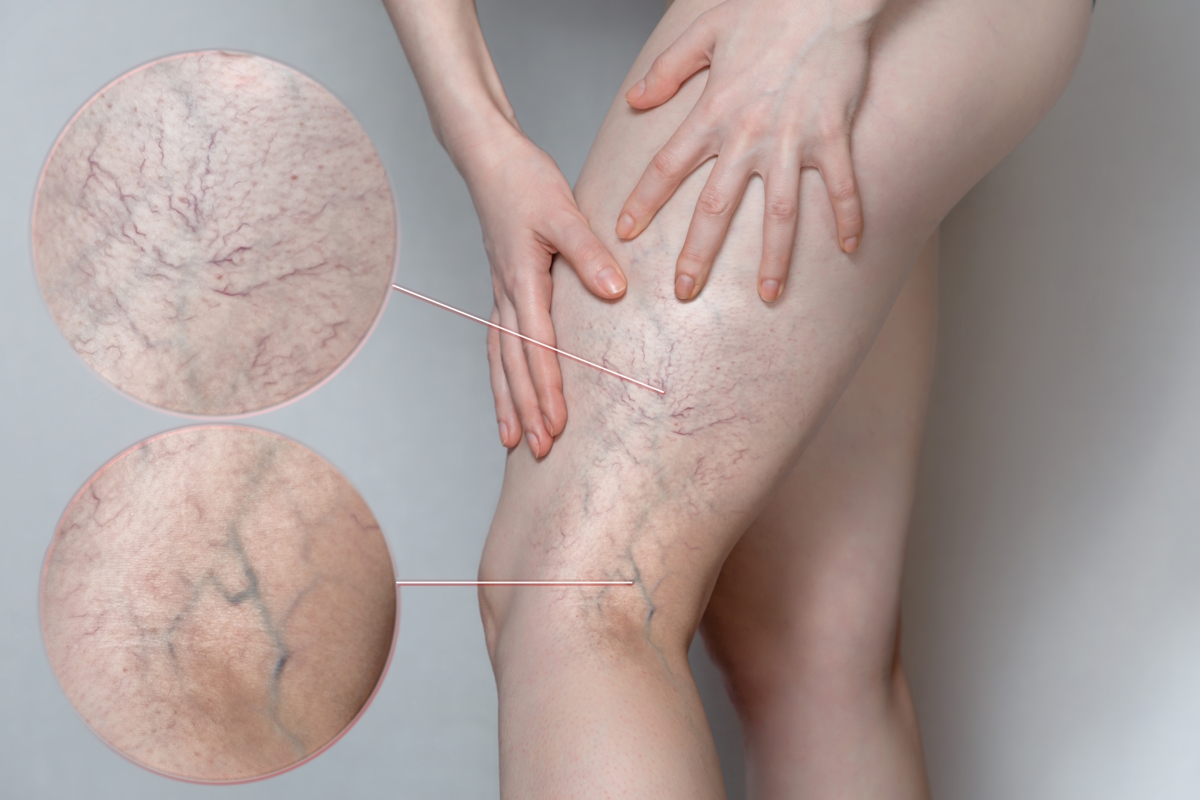
If you’ve started to notice that you have thin, thread-like red lines along your legs, you may be experiencing spider veins. Formally known as telangiectasia, spider veins are caused by tiny blood vessels widening and forming clusters under the skin that cause their signature web-like appearance. They are generally painless and easy to diagnose because they are significantly smaller (measuring roughly 1-1.5mm in diameter) and less impactful than varicose veins.
That said, it is estimated that 50-55% of women and 40-45% of men have spider veins. They can become more visible over time and appear on your legs, feet, cheeks, and even nose.
There are a variety of common risk factors for spider veins, including the following:
- Heredity — Nearly half of all patients with spider veins and varicose veins have a family history.
- Lifestyle habits — Obesity, poor diet, and sedentary lifestyles limit blood flow and increase pressure on your veins.
- Jobs — You could be at risk for spider veins if your job requires you to sit or stand for long stretches.
- Pregnancy — Being pregnant and experiencing hormonal changes places excess stress on vein walls and valves.
Then Why Are My Spider Veins Itchy?
There are many different reasons why your legs may be itching, including sensitivity to detergent and soap or an allergy to an environmental factor. However, it’s important to note that sometimes itching legs can be a misunderstood symptom of venous disease and varicose veins.
This is because the valves in your veins may have become damaged, and the blood flow in your body is not being regulated the way it should. As a result, your body’s inflammatory response kicks in. This prevents necessary oxygen from reaching the skin, and your spider veins can start itching.
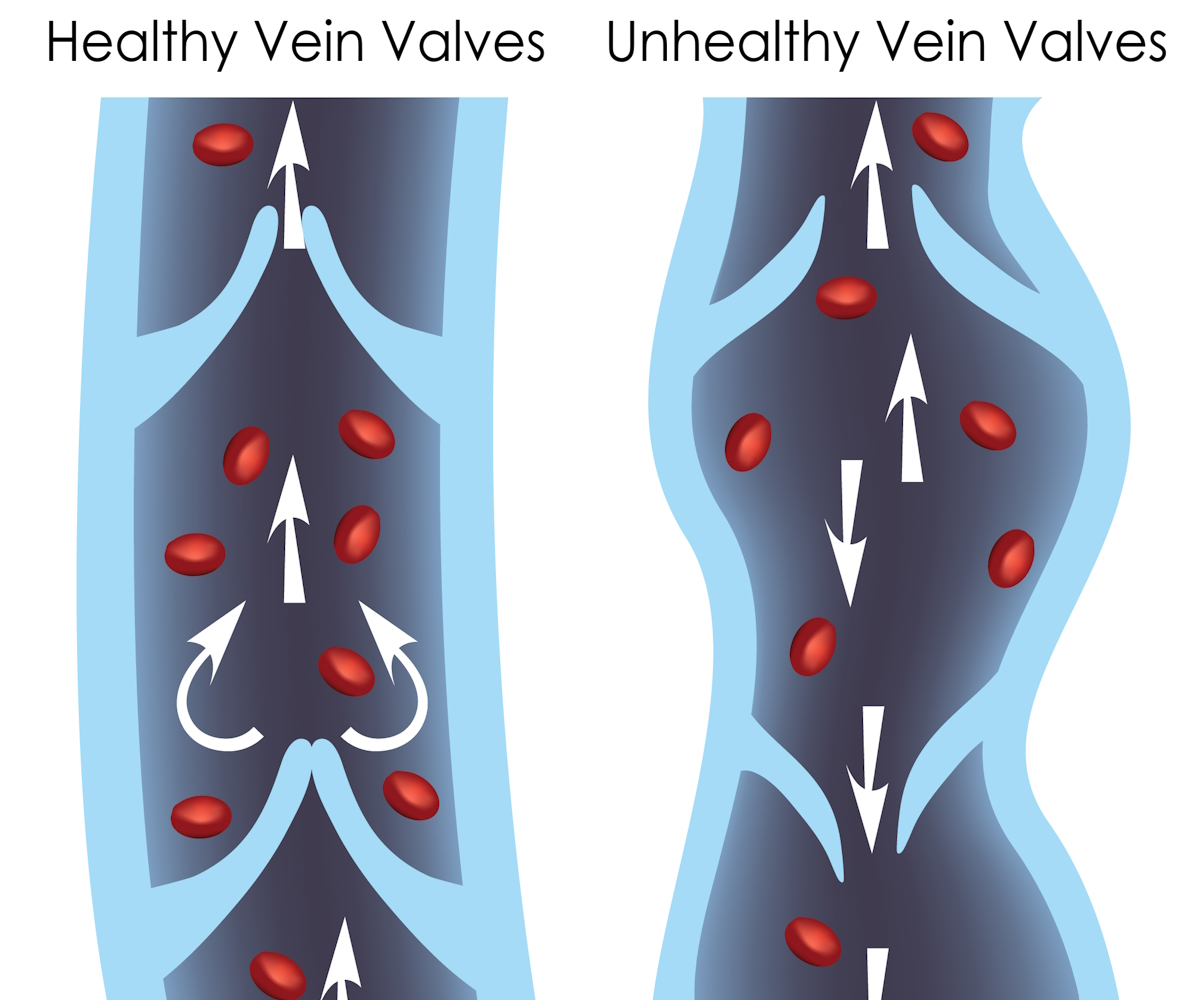
The medical term for itchy skin is pruritus, and you may hear your doctor refer to this in conversation. It’s important to also note that as spider veins go untreated and pressure within the veins begins to increase, the pooling of blood in your lower extremities can damage the blood vessels more and lead to varicose veins.
Varicose veins have the potential to leak and become inflamed. This can cause a condition called venous stasis dermatitis, an inflammation of the skin highlighted by red, scaly, dry, itchy patches across the legs and on the ankles. According to the Mayo Clinic, there are more than 200,000 cases of leg discoloration, or venous stasis dermatitis, in the U.S. each year.
You don’t have to live with vein disease symptoms. Request an appointment with highly trained and skilled experts at Precision Vascular. Appointment
What Treatments For Itching Spider Veins Are Available?
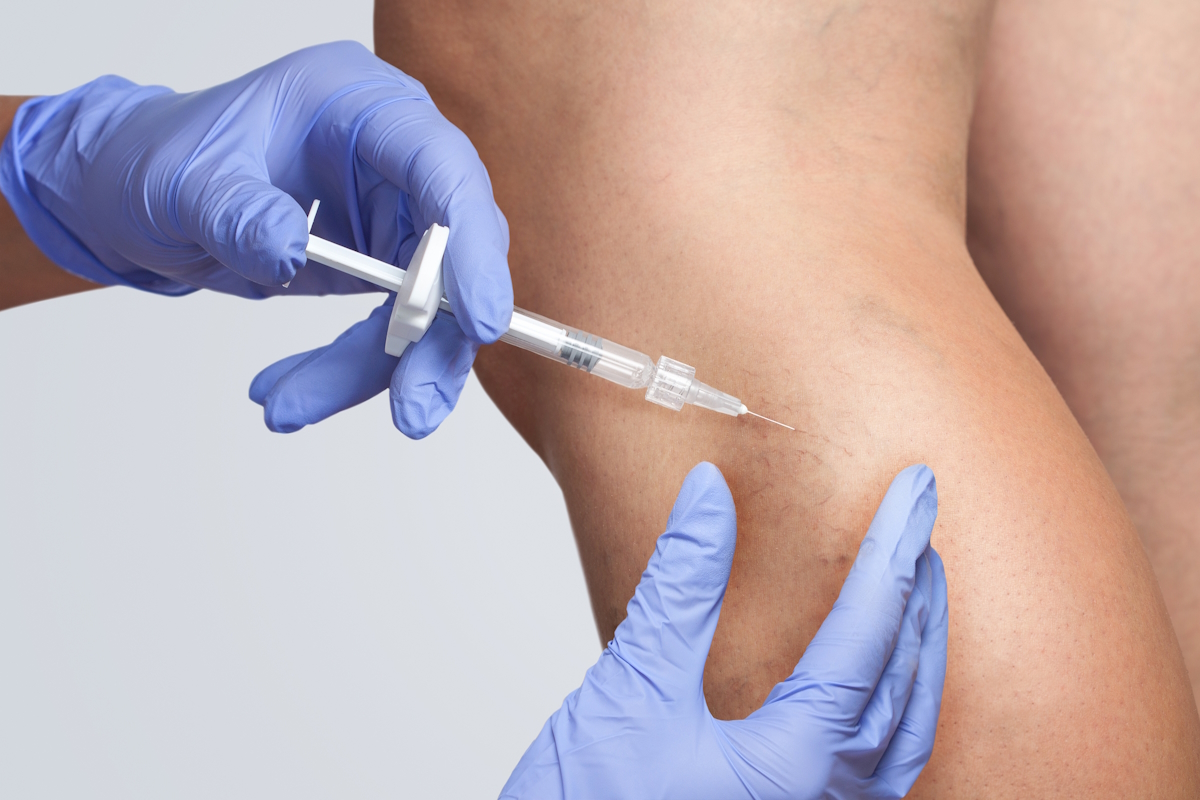
If you want to get an expert opinion on your spider veins, we encourage you to book an appointment with a specialist at Precision Vascular. A diagnostic venous ultrasound can help your doctor understand how severe your condition is and suggest a treatment plan that fits your needs. This is a non-invasive, non-surgical procedure that takes 45 minutes to an hour to complete and can safely diagnose the health of a patient’s blood vessels.
After testing and diagnosis, your doctor may suggest any of the following treatments:
- Sclerotherapy — This procedure requires injecting a specially formulated chemical solution full of sclerosing agents (either in liquid or foam form) into the affected veins. This solution irritates the vein walls and causes the spider vein to collapse and disappear, safely and effectively relieving your uncomfortable symptoms.
- Microfoam ablation — Microfoam ablation is similar to sclerotherapy but is geared more toward treating larger and twisted veins as well as veins below the knee. The foam fills the desired section of the vein, and the diseased vein collapses. Blood flow then shifts to healthier veins nearby.
- Radiofrequency Ablation — A small catheter is used to emit radiofrequency waves into the affected veins, which heats and seals the vein closed, cutting off blood flow and relieving symptoms caused by varicose veins.
Precision Vascular Is Your Spider Vein Expert!
You may first notice subtle changes to your skin, such as small and painless spider veins. Eventually, you notice varicose veins that multiply as the years go by. But these are merely the first signs that your vein health is in jeopardy. Vein disease is extremely common, affecting one out of every three Americans, and it worsens the longer it’s left untreated. This could lead to a host of additional symptoms you might easily overlook—such as itchy veins.
The good news is that your spider veins are treatable. Our team of specialists at Precision Vascular are on the cutting-edge of medicine, helping patients avoid traditionally long invasive surgeries used in the past to treat a variety of conditions to relieve them of their underlying vein disease issues. Procedures take place at in-office or outpatient settings. Patients suffering from a multitude of vascular conditions that include venous insufficiency, varicose veins, spider veins, diabetic vascular disease, venous ulcers, peripheral artery disease, leg discoloration, lymphedema, restless legs syndrome, and more can benefit from these minimally invasive treatments.
Precision Vascular’s experts are leaders in advanced techniques and treatment to help prevent conditions that reduce quality of life. They create comprehensive artery and vein treatment plans that look beyond only cosmetic problems to detect underlying complications.
For a consultation with one of our expert 5-star doctors, please contact us at 866-552-4866 or complete the appointment form.
AppointmentPrecision Vascular serves the DFW area including Dallas, Mesquite, Craig Ranch, Sherman, Dennison, Arlington, Fort Worth, Southlake, South Dallas, North Dallas, Addison, Carrollton, Richardson, Garland, Highland Park, University Park, Park Cities, Plano, Frisco, Allen, McKinney, Irving, Grand Prairie, Denton, Lewisville, Flower Mound, HEB, Hutchins, Duncanville, DeSoto, Cedar Hill, Lancaster, Cockrell Hill, and all North Texas.
Prior to starting any new treatment or questions regarding a medical condition, always seek the advice of your doctor or other qualified health provider. This information is not a substitute for professional medical advice.
*Patient stories are true. Names and/or photos may be changed to protect patient confidentiality.
